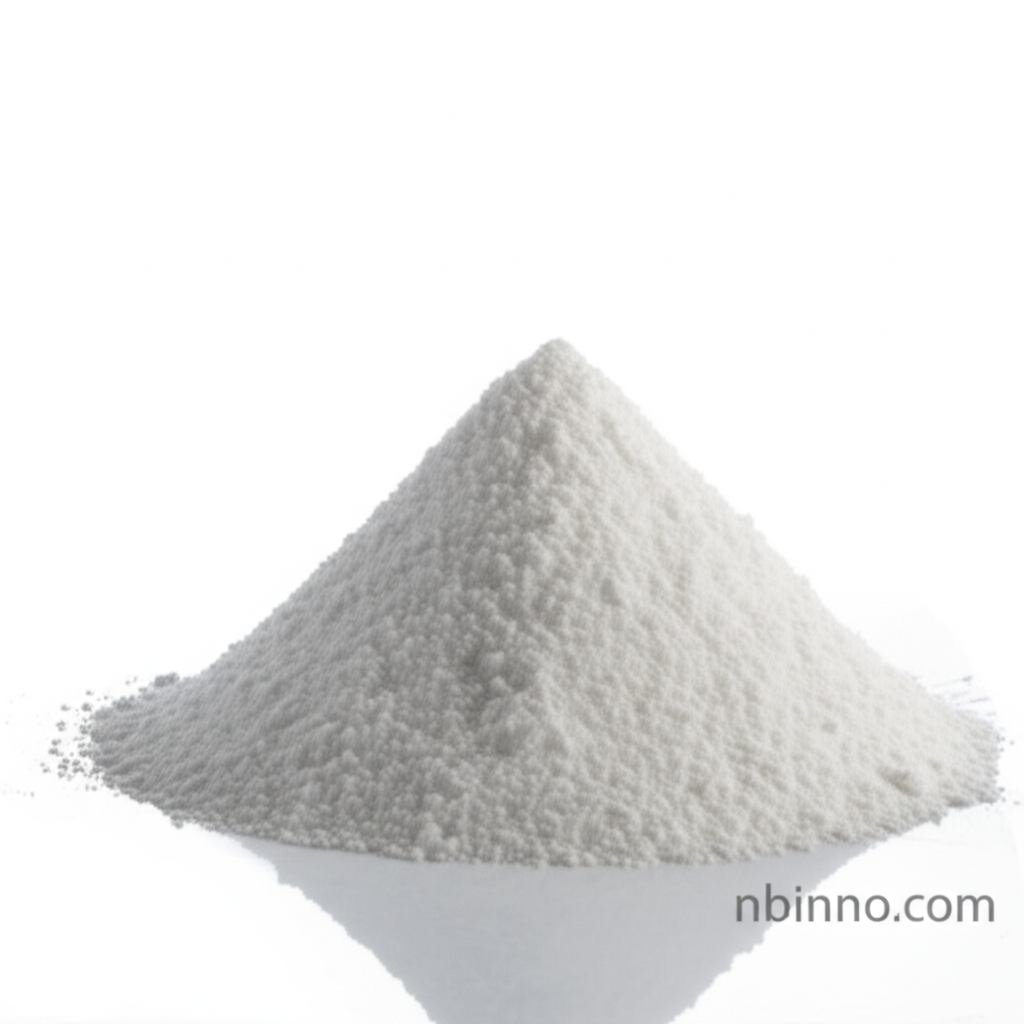Ranitidine Hydrochloride: Properties, Applications, and Market Status
Discover the comprehensive details of Ranitidine Hydrochloride, from its core chemical properties to its significant market impact and safety considerations.
Get a Quote & SampleProduct Core Value

Ranitidine Hydrochloride
Ranitidine Hydrochloride is a key pharmaceutical ingredient known for its ability to significantly reduce stomach acid production. Historically a cornerstone treatment for conditions like peptic ulcer disease and gastroesophageal reflux disease (GERD), its efficacy stems from its role as an H2-receptor antagonist.
- Understanding the ranitidine hydrochloride chemical properties reveals its role as a crystalline, practically odorless powder, highlighting its formulation versatility.
- The ranitidine hydrochloride mechanism of action involves blocking histamine at H2 receptors in gastric parietal cells, directly impacting acid secretion.
- Investigating ranitidine hydrochloride market recall information is crucial for understanding its current regulatory standing and availability.
- Explore the detailed ranitidine hydrochloride adverse effects and considerations for safe usage, including potential drug interactions.
Key Advantages and Considerations
Effective Acid Reduction
The primary advantage of Ranitidine Hydrochloride lies in its potent and effective reduction of gastric acid secretion, offering relief for various gastrointestinal discomforts, as evidenced by its long-standing use.
Historical Significance
As one of the early H2-receptor antagonists, Ranitidine Hydrochloride played a pivotal role in revolutionizing the treatment of acid-related disorders, making it a significant compound in pharmaceutical history.
Regulatory Awareness
Staying informed about ranitidine hydrochloride NDMA contamination is paramount for anyone involved with this compound, given the widespread recalls and market withdrawals due to safety concerns.
Key Applications
Gastric Acid Suppression
This product is a vital component for managing conditions characterized by excessive stomach acid, making it a key ingredient in many pharmaceutical formulations.
Peptic Ulcer Therapy
Historically, it has been a primary choice for the treatment and prevention of gastric and duodenal ulcers, contributing to patient recovery and well-being.
GERD Management
For individuals suffering from Gastroesophageal Reflux Disease (GERD), this compound offers relief by reducing acid reflux and associated symptoms.
H. pylori Eradication Support
In combination therapies, it aids in the eradication of Helicobacter pylori, a common cause of gastrointestinal infections and ulcers.
